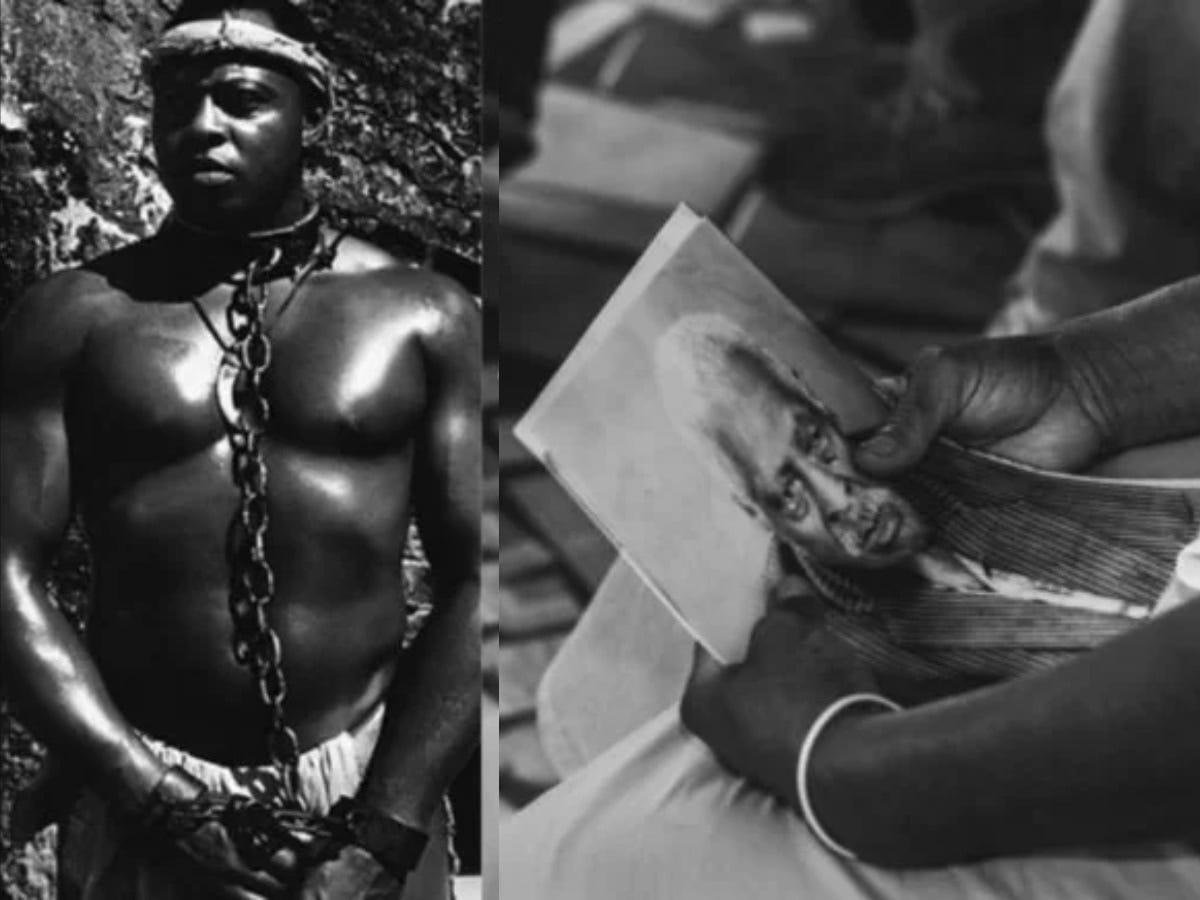The story of Pata Seca, an enslaved person purportedly forced to father over 200 children, has intrigued many due to its extraordinary claims. This report aims to investigate the integrity of this tale by synthesizing information from various sources.
Background Of Pata Seca
Pata Seca, born Roque José Florêncio, is said to have been an enslaved person in Brazil during the 19th century. He was reportedly purchased by an enslaver in São Carlos and forced into the role of a “slave breeder” due to his remarkable height of 2.18 meters (7’2″) and perceived genetic traits. The legend claims he fathered over 200 children and lived to 130.
Key Points
Historical Context and Claims
- Role and Physical Attributes: Pata Seca was explicitly bought for breeding due to his height and the belief that his physical traits would produce strong offspring. This practice was part of a broader, inhumane system where enslaved people were coerced into breeding to increase the labor force.
- Number of Offspring: Multiple sources claim that Pata Seca fathered over 200 children. This figure is often cited but needs concrete documentary evidence. Family stories and local lore support the claim, suggesting that up to 30% of the current population in Santa Eudóxia, São Carlos, maybe his descendants.
- Longevity: Pata Seca is said to have lived for 130 years, passing away on June 13, 1958. This extraordinary lifespan is another legendary aspect that raises skepticism due to the lack of verifiable records.
Skepticism and Folklore
- Lack of Documentation: No official documents verify Pata Seca’s date of birth, the exact number of his children, or his age at death. This absence of records casts doubt on the more sensational aspects of his story.
- Folkloric Elements: The story of Pata Seca contains elements typical of folklore, such as exaggerated physical traits and extraordinary life events. These elements suggest that while there may be a kernel of truth, the story has likely been embellished over time.
Cultural and Social Impact
- Symbol of Resistance: Despite the lack of concrete evidence, Pata Seca has become a symbol of resistance and survival within the African diaspora in Brazil. Stories of his life highlight the brutal realities of slavery and the resilience of those who endured it.
- Educational Value: The legend of Pata Seca serves as a poignant reminder of the atrocities of slavery and the importance of preserving and teaching black history. It underscores the need for critical examination of historical narratives and the recognition of marginalized voices.
Conclusion
The story of Pata Seca, while compelling, is difficult to verify due to the lack of concrete evidence. The extraordinary claims about his life, including the number of children he fathered and his age at death, are likely embellished elements of folklore. However, the cultural and symbolic significance of his story remains important for understanding the history and legacy of slavery in Brazil.

